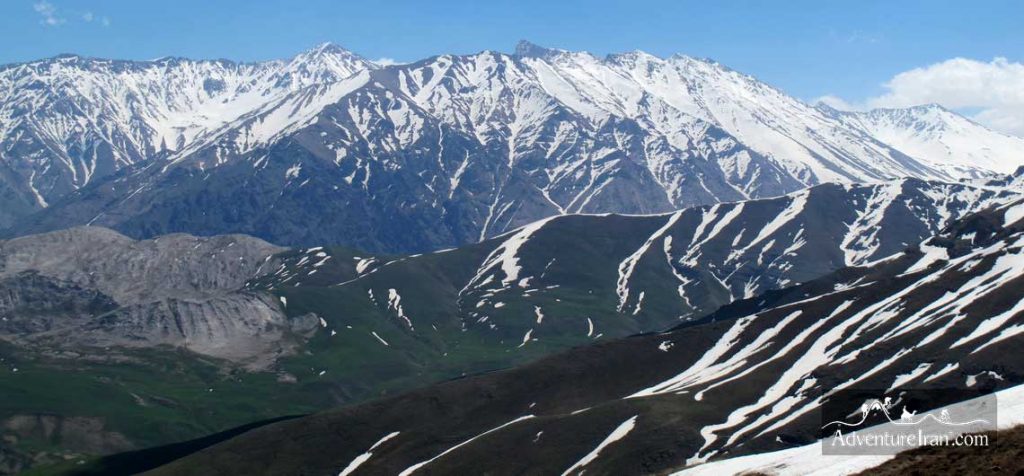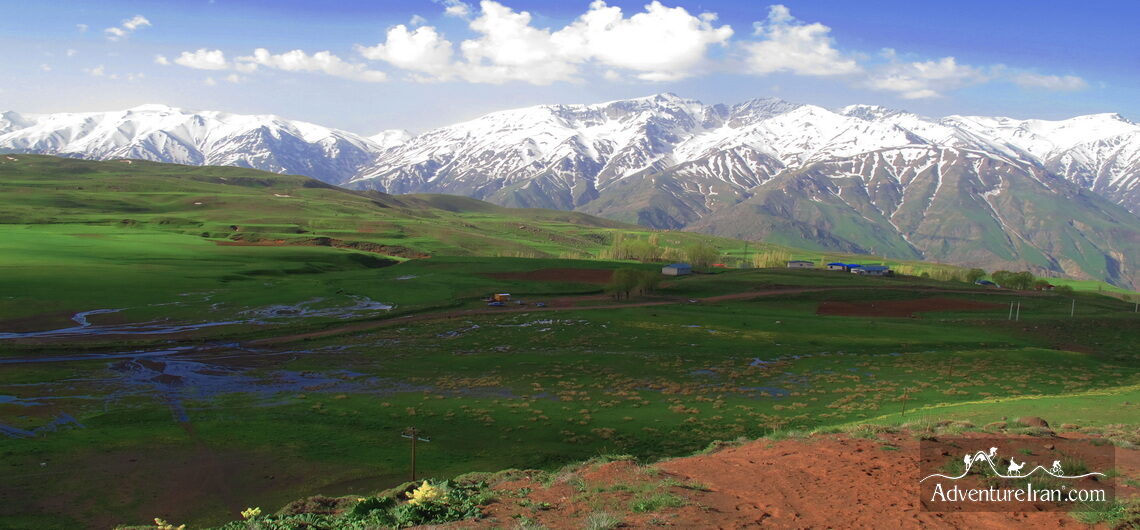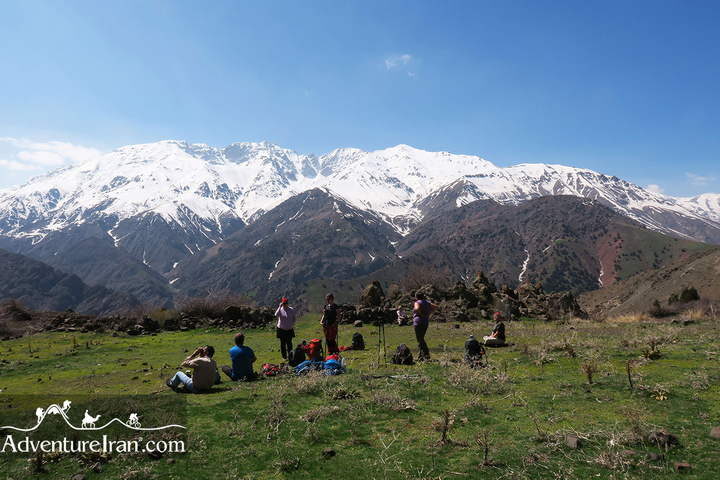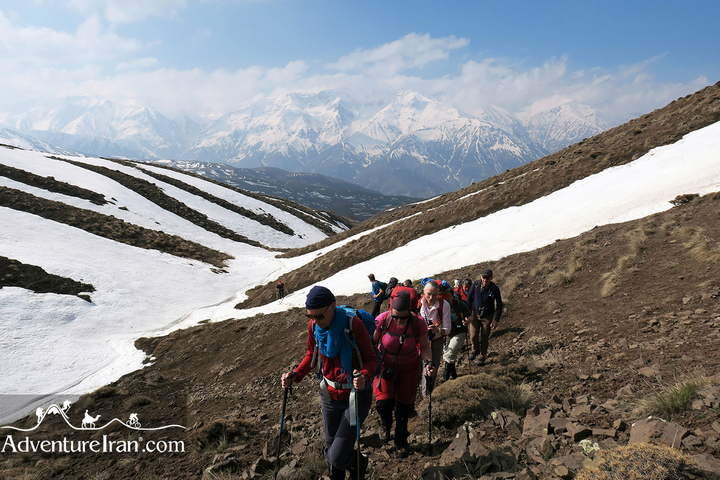Mount Alam kuh in Iran
Alam Kuh, is the name of a huge mountain in northern Iran, in Mazandaran province, located in the Takht-e Soleyman massif mountain chain. Takht-e Soliman is also a part of the west Alborz Mountain range. Alam Kuh’s altitude is 4,850 m above sea level and is the second highest mountain in Iran after Damavand Mountain (5,610 m). Mount Alam Kuh is known as the Alps of Iran, which is the main center for professional Iranian climbers and hikers.
The north face of Mt Alam Kuh is a steep, enormous vertical wall. This feature has made it famous for climbers around the world looking for something different. The height of this granite rock rises to about 480 m to reach the summit. One of the main highlights is that the base of the wall starts from 4,400 m above sea level. Climbers have found this formation extremely inspiring and challenging. Since 1936, there have been several routes to choose from, all created by famous international and local climbers. They are still ongoing.

Mount Alam Kuh has at least two desirable hiking routes to reach its peak from various directions. One of the most beautiful is a week-long trail starting from the southern side of Alborz from Alamut valley to MT Alam Kuh. This is the link for the tour: Alamut Long Trek.
Apart from this, there is another trail to ascend the peak starting from a city near the Caspian Sea called Kelardasht. Most local climbers choose this route for ascending the summit during the summertime. Locals call this route Hesarchal which is on the south face of Alam Kuh as it is the easiest and shortest route compared to the other trails. Below is the link for that trek, (an excellent choice for an acclimatization program before taking the MT Damavand Ascend tour).
Mount Alam Kuh Ascend




Comments